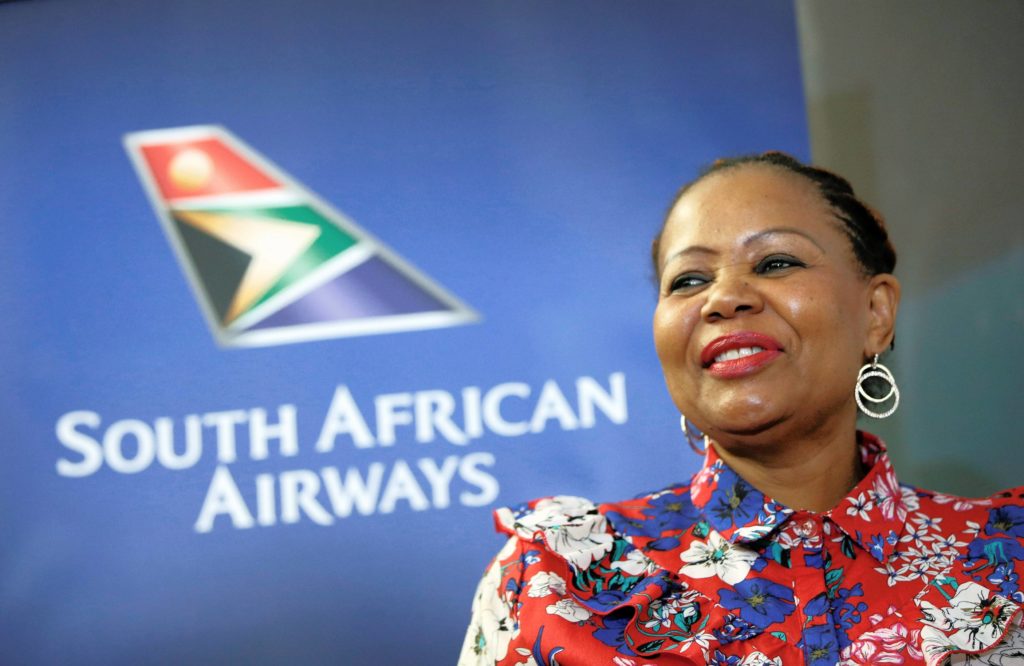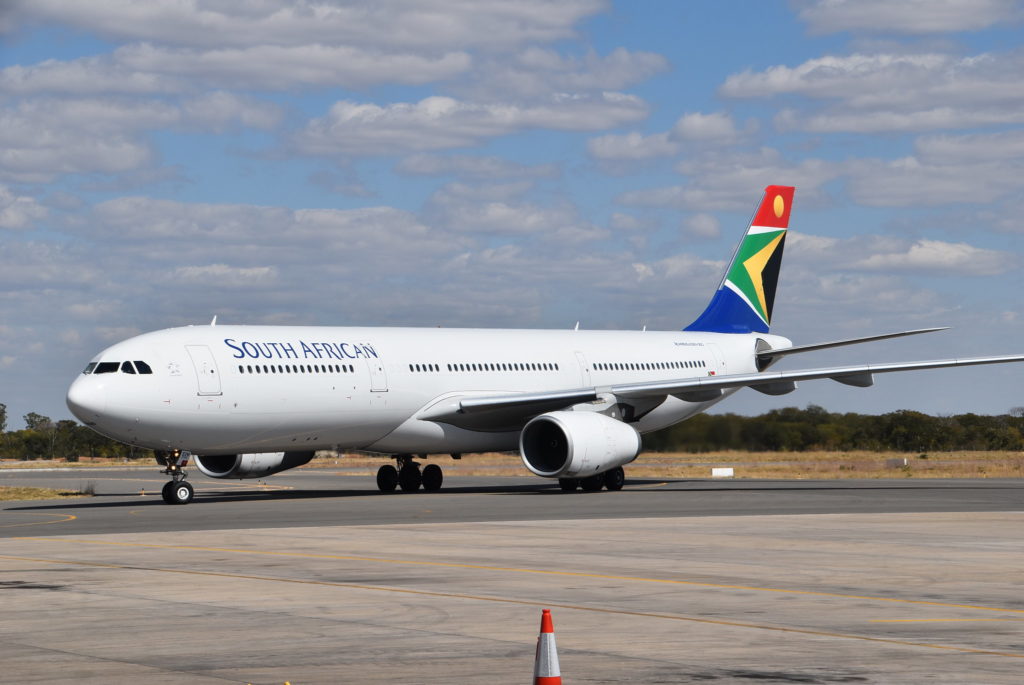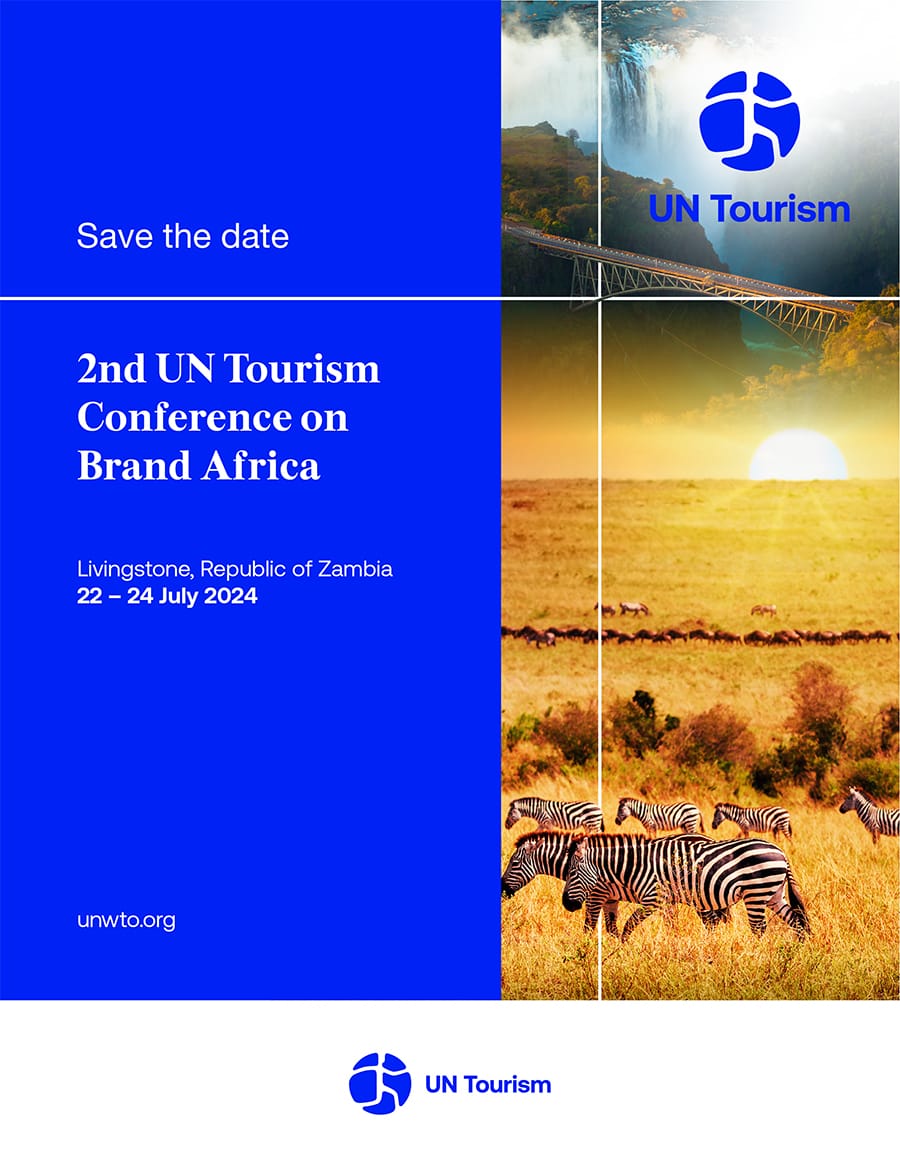The past decade has been turbulent for South African Airways. It had become a somewhat annual pilgrimage for SAA Executives to go to government seeking bailout to sustain operations.
On 5 December 2019 SAA was placed under Business Rescue in a bid to save the visibly frail and malnourished airline. The government had announced that R4 billion will be made available as post commencement finance in two batches. One batch of R2 billion was made available through South African banks and the second batch was never processed.
It was only a matter of time before the government’s appetite for rescue funds wore off and turned down SAA’s request for another bailout. In a letter to the Joint Business Rescue Practitioners, Minister of Finance Pravin Gordhan wrote “Government will not support the extension of your foreign currency borrowing limit to permit foreign financing of the business rescue plan, nor for a care and maintenance budget, as you have proposed,….. further note Government is unable to provide additional funding to sustain business rescue process beyond the funding that has already been provided to the airline”. Gordhan went to say “Further to this please note that neither will lending guarantees be provided in respect of the Business Rescue Plan”.

WHERE TO FROM HERE?
Hopes of survival seem to be fading every day. The acting CEO Zuks Ramasia retired and her last day in the office was 14 April, coincidentally the same day Minister Gordhan announced government will not be providing any funding.
Recent strikes crippled the airline further and rumours of lack of consultation between BRP and SAA Management on key decisions made rounds in the industry. Domestic routes were cancelled save for Cape Town Johannesburg.
“The effects of the Coronavirus could not have come at a worse-off time for SAA”…
The effects of the Coronavirus could not have come at a worse-off time for SAA. As governments placed restrictions on their countries the passenger revenue disappeared with it. South Africa was recently put under an extended lockdown that further put pressure on SAA’s chances of survival.
SAA requires some drastic reforms for it to have a chance to return to profitability. So far we have seen reports of up to 4700 employees being laid off(perhaps the end), routes cancelation and equipment upgrades and sales.
LIQUIDATE AND START AFRESH
Unthinkable as it seems SAA might be liquidated. The South African government has reached a point of fatigue and chances are that they might end up liquidating SAA and start afresh. In the past we have seen a similar transformation at Air Senegal.
A number of assets are set for disposal including A340 engines, A340 jets and its lucrative Heathrow airport slots might be put under the hummer. SAA and its administrators at this point must look into saving those assets that will propel the resurgence of SAA 2.0.
GO LEAN AND RESTRUCTURE
During the COVID19 induced lockdown, a number of airlines have announced the retirement of some aircraft on their fleet. Lufthansa and Air Baltic are examples of this. Currently SAA has been operating the Airbus 340-600s on the repatriation and cargo freighter flights. Though for their bigger cargo hold ability and carrying capacities that allow social distancing on board, SAA has already started a programme to replace them with a much modern and efficient A350-900.
SAA must continue with the fleet replacement programme and remove the fuel inefficient A346s off its books. With the reduced network SAA must look into streamlining its fleet to a delicate mixture of limited A320-200, A330-300 and the modern A350-900.
Focus must be put on high yield routes that provide the airline with a constant high load factor. Decision on destinations must be based on traffic potential and total contribution to the airline’s network strategy.
Leadership is something that has been problematic for SAA in recent years. The retirement of the acting CEO will present SAA an opportunity to show its commitment to a turnaround. Appointment of a seasoned aviation professional will announce a new era towards a reformed SAA.
Another way out of this turbulent is privatization. If SAA are to get private funds to restructure their operations, they might get a new lease of life. However this requires the commitment and consent of the government. In order to make SAA attractive to investors government must commit to the current debt that SAA holds.
LIFE WITHOUT SAA
In view of the recent developments, life without SAA seems more likely of a reality. But what will life without SAA be like?
International connectivity to South Africa will be largely dominated by foreign airlines such as British Airways, Emirates, Qatar Airways, Lufthansa and Ethiopian Airlines. This will have a negative impact on connectivity, pricing, exports and tourism.
“Regional connectivity in Southern Africa is largely dominated by SAA”….
Regional connectivity in Southern Africa is largely dominated and dependent on SAA. On the lucrative Johannesburg-Harare route SAA offers up to 3 flights per day using varying equipment from an A319 to A330. SAA’s absence on this route will provide a huge gap that other airlines on it might be unable to fill.
Tourism in the region will feel the knock. SAA flies daily from Johannesburg to Victoria Falls has two flights. One an A330-300 to Vitoria Falls (Zimbabwe) and another 35 kilometres away an A320-200 to Livingstone in Zambia.
The Airports Company South Africa Company, ATNS, catering companies and fuellers will see a large chunk of their revenues disappearing with the demise of SAA.
Story by Nunurai Ndawana
About the author: Nunurai Ndawana is the founder of Just African Aviation. He can be contacted on Twitter on @nunuraindawana and email on nunurai@justafricanaviation.com








